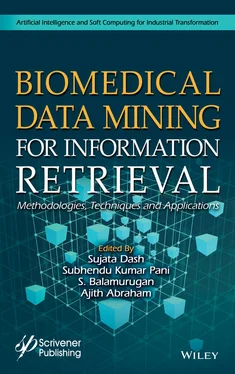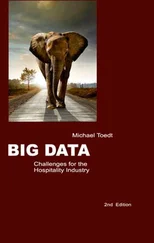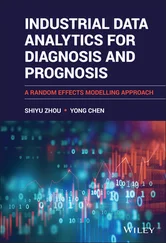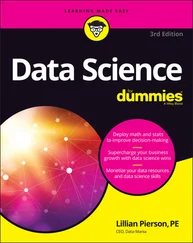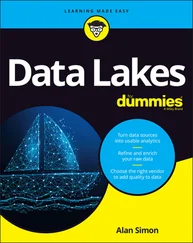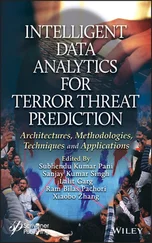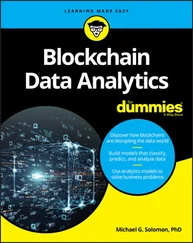2.3 Data Management and Information Extraction
Information Extraction (IE) is an important and growing field, in part because of the development of ubiquitous social media networking millions of people and producing huge collections of textual information. Mined information is being used in a wide array of application areas from targeted marketing of products to intelligence gathering for military, and security needs. IE has its roots in AI (Artificial Intelligence) fields including machine learning, logic and search algorithms, computational linguistics, and pattern recognition. IE can be used for taking out information which is useful from the data which may be unstructured or semi-structured. Nowadays a lot of data is pouring in making the process of information extraction extremely difficult. Such big data gives rise to unstructured data which may be multi-dimensional, which further complicates the problem. Thus, computational capabilities equipped with the tools of AI is acting as a game changer helping to deal with large amounts of unstructured data which has an advantage over traditional IE systems having improved computational capabilities. In this context neural and adaptive computing might play a very important role. These have been discussed in the later part of the chapter.
2.4 Gene Expression Analysis
Gene expression analysis consists of transcription and translation of a particular gene from its coding region. If there is any change in coding sequence automatically gene product’s structure and function change. A variety of techniques are there which analyze gene expression qualitatively and quantitatively. If there are some gene sequence changes automatically the biological functions of gene products would change. To get a better understanding of gene, gene pathways, gene associated signaling pathways, biological functions of gene, analysis of gene expression has to be done which are very useful in research, pharmaceutical and clinical fields. Gene expression analysis covers the static information of the genome sequence into a dynamic functional view of an organism’s biology. There are various approaches like Real-time PCR, Serial analysis of gene expression (SAGE), Microarrays, next generation sequencing (NGS) are used for study and analyze the gene expression patterns. These techniques are proven to be a very effective tool for Gene expression analysis.
2.4.1 Approaches for Analysis of Gene Expression
The following methods and high throughput approaches have been used for analysis of gene expression
1 Microarrays: It is a very effective tool for analysis of gene expression. Microarray has been used for comparison of the same set of genes in different conditions, or in different cells or in same cells in different timings. Microarray has been used for analysis of gene expression on a large scale. It is act usually comparative study. It has been used for tens of thousands of target gene comparisons at one time. In different sets of conditions with the same set of genes expressed differently, microarray has been used to predict the different expression of the same set of genes in different conditions. It gives an idea about a particular set of get for their up regulation or down regulation when compared with standard one. Therefore relative expression levels between the two populations can be calculated. This high throughput approach allows for large scale screening of gene pathways or disease-related gene families. It provides a useful approach in disease-prognosis and disease diagnosis studies. It is a very effective method to determine the effects of chemicals or drugs on biological processes in pharmaceutical research.
Microarray has been used for analyzing large amounts of genes which have either been recorded previously or new samples. Microarray is a very sensitive technique. It can detect even a single nucleotide change in a given gene. This highly precise determination of a single nucleotide change or SNPs (single nucleotide polymorphisms) via microarray make this approach very useful applicable to identify strains of viruses, to identify mutation in cancer cells and subsequently facilitate disease’s treatment
2 Serial Analysis of Gene Expression (SAGE) SAGE is an important quantization technique for determination of gene expression. The principle of SAGE is based on counting of the number of tags in a particular gene. The total number of gene tags gives a strong idea for how much gene is expressed or how much abundance of gene product will be there in cell. The total number of tags would give an idea to predict the abundance of a gene product.
3 Next Generation Sequencing (NGS) NGS is another technology used for gene expression analysis. RNA-Seq is an efficient technology. Millions of random position reads could be measured and compared with the help of NGS. Data can be used to map and align to each gene, in this way NGS provides an analysis of gene expression at a remarkable level of detail.
4 Real Time Reverse Trancriptase PCR (RT-PCR) Real time reverse transcriptase PCR (RT-qPCR) is another powerful approach for determination of high throughput gene expression analyses and for the analysis of moderate numbers of genes. It can detect accurate relative and in some cases absolute quantity of cDNA in a sample. RT-PCR is accurately used for qualitative and quantitative interpretation of gene expression. It is gold standard method for analysis of gene expression. Depending upon the experiment design, overall workflow and analysis techniques RT-qPCR gives efficient results. For getting 100% PCR efficiency, a number of models, software programs and calculation approaches are there. Depending upon the numbers or type of reference genes used for normalization and calculation methods RT-PCR results may vary. Once relative expression levels have been calculated, appropriate statistical analysis is used to ensure any conclusions drawn from the data. Conclusion can be made to find out if the data is biologically relevant.
Tasks of the nature that requires human intelligence is aided by Artificial intelligence (AI) installed in the software and hardware of the computer system. Multiple advancement has been achieved in deep learning algorithms, the graphic processing units (GPI) which has revolutionized its medical and clinical applications. In Advances in AI soft-ware and hardware, especially deep learning algorithms and the graphics processing units (GPUs) that power their training, have led to a recent and rapidly increasing interest in medical and clinical applications. In clinical diagnostics, AI-based computer vision approaches are poised to revolutionize image-based diagnostics, while other AI subtypes have begun to show similar promise in various diagnostic modalities. In case of clinical genomics, a specific type of AI algorithm known as deep learning is used to process large and complex genomic datasets to predict certain outcomes. These analyses are done based on large amount of data which is beyond human capability thus helping in prognosis, diagnosis and therapeutics.
2.4.2 Applications of Gene Expression Analysis
Applications of gene expression involve the comparative analysis. Analysis of relative expression of same set of gene in different conditions is main applications of the high throughput approaches. The important and useful comparative analyses are mentioned below:
1 a) The comparative expression pattern of same set of genes in mutant and wild type
2 b) The analysis of gene expression in disease and control one
3 c) For time point comparison between the same set of gene during any drug treatment or during development
4 d) The comparison of same set of gene expression in different tissues or organs
Читать дальше
